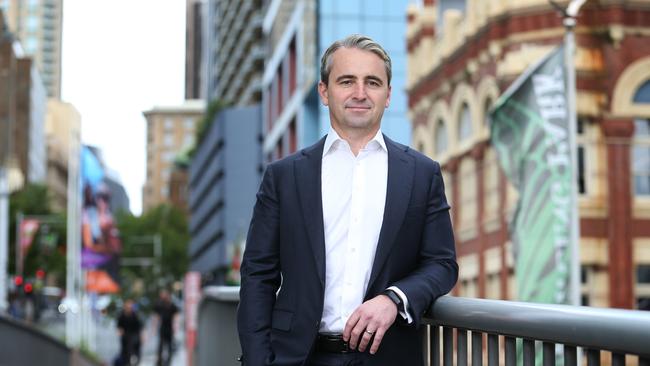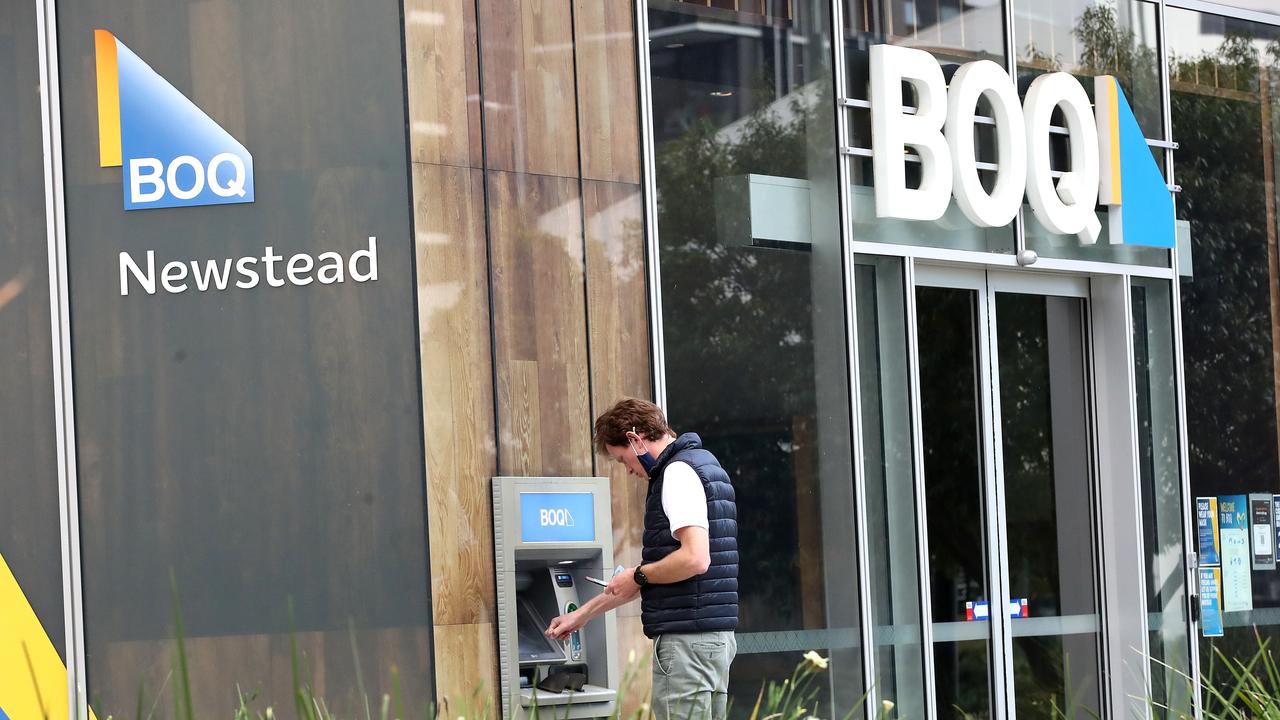CBA leads the way in tech

At CBA’s biannual technology update, Comyn is expected to say that being best in Australia is no longer good enough, now customers can compare the virtues of a banking app to the seamless digital offerings of global mega-brands like Apple and Netflix.
CBA has no alternative but to aim for world’s best.
The line-up of three speakers, apart from Comyn, indicates the bank’s key areas of focus in its digital future. They include everyday banking boss Kate Crous, who will provide an update on the CommBank app and CBA’s digital banking figures, venture business x15 managing director Toby Norton-Smith, and a progress report from Klarna Australia and New Zealand head Francine Ereira on its buy now, pay later joint venture with CBA.
The foundation for the bank’s technology leadership was Ralph Norris’s five-year core banking modernisation program, which was completed by his successor Ian Narev in 2012.
Since then, like its rivals, CBA has been transitioning its customers to less expensive, more productive and more satisfying digital platforms.
COVID-19 has only accelerated the trend.
At the last technology update in July, CBA revealed that more than 6.1 million customers were using the CommBank app, up 500,000 from 2018-19.
More than $1.2bn was transacted through the app every day, while daily logins surpassed 6.3 million.
Together with the online banking platform NetBank, daily logins rose to a record 10.2 million at the peak of the pandemic. These figures will only have grown, with the increased investment designed to put daylight between CBA and its domestic rivals.
Comyn’s $1bn-a-year commitment to technology investment was made in a Trans-Tasman Business Circle address in May 2019. Much of the spend, he said, would be directed to making the bank’s systems safer, sounder and more reliable, and to areas where customer outcomes could be improved.
The fifth incarnation of the CommBank app, which was introduced in 2013, will be unveiled on Thursday.
In app 4.0, the personalised features included a spending comparison with the previous month, a reminder for credit card payments, or notification that an account is overdrawn.
The services were built on 157 billion data points and 200 machine learning models. App 5.0, however, will have the next level of sophistication, some of it developed by the x15 venture entity.
The announcement on Tuesday that Ben Heap would be the first independent chairman of x15 should help develop a greater sense of trust between CBA and the fintech community. Fintech companies have long thought CBA is not the most reliable partner, and is much more comfortable in a command and control environment than a genuine partnership.
Heap, who founded the fintech venture capital fund H2 Ventures with his brother, will be keen to establish a more co-operative and mutually beneficial culture.
In the meantime, on Thursday, x15 boss Norton-Smith is expected to launch another venture like those already announced, including Vonto (daily insights into the customer’s business), Home-in (personalised, digital guidance to buying a home), creditsavvy (free instant access to credit scores), and backr (a digital platform to set up a business). Klarna will also want to generate some excitement about its growth prospects and business plans.
The Swedish group said last July that in the six months since its launch, the app had been downloaded by more than 270,000 Australians, with more than 80 merchants live on the platform.
Since last July, global rival Afterpay has continued its extraordinary run, more than doubling its share price to $143.
Klarna — and CBA for that matter — will want to experience some of the Afterpay glow.
The big get bigger
In the aftermath of the 2008 financial crisis, global regulators swarmed over systemically important banks (G-SIBs) that were considered too big to fail, in a determined effort to improve the resilience of the financial system.
By applying higher capital surcharges to banks that were systemically important, the G-SIB framework was intended to improve stability.
It also created incentives for G-SIBs to shrink their systemic footprint so they could benefit from capital relief.
None of the big four banks in Australia are in the G-SIB category, although they are regarded as systemically important in a domestic context.
The question now is whether the framework has succeeded, to the overall benefit of the system.
The Bank for International Settlements, the world’s bank for central banks, says the answer is a cautious yes, although there are swings and roundabouts.
A detailed paper concludes that only the less profitable banks measured by return on assets reduced their systemic importance, and the reduction was even greater for banks that were close to their regulatory thresholds, which determine capital surcharges.
In contrast, more profitable, large global banks continued to expand their systemic footprint.
Overall, there was a decline in systemic importance for the global lenders used in the review.
“The contraction by the less profitable G-SIBs has thus more than compensated for the increase in systemic importance of the more profitable banks,” the paper says. “More research is … needed to inform regulators on how to optimally design and calibrate the capital surcharges.”
gluyasr@theaustralian.com.au Twitter: @Gluyasr



Commonwealth Bank will reinforce its claims to digital leadership on Thursday when chief executive Matt Comyn announces a sizeable lift in the bank’s $1bn-a-year investment in technology.